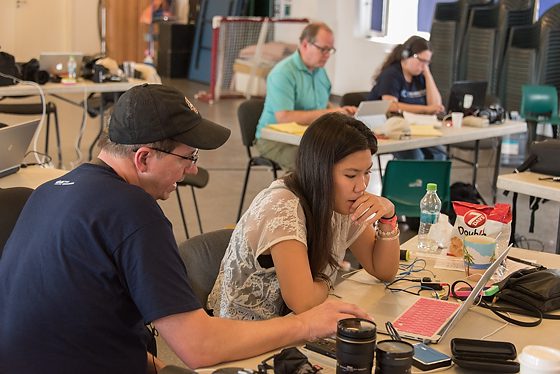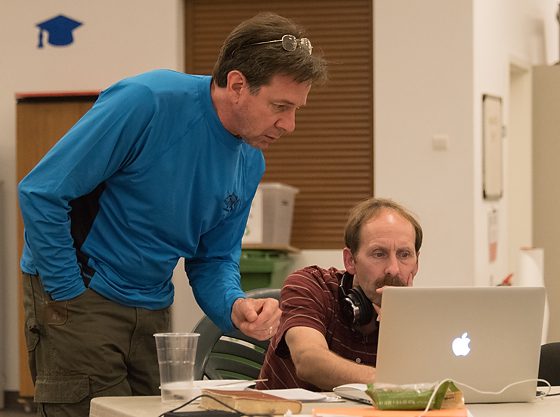Nikon D750, 28-300mm, ISO 7200, ƒ/5.3, 1/100
I believe that photographers either jump to the assumption of false equivalence or don’t listen to the client and try to understand their perspective.
False equivalence is a logical fallacy in which two opposing arguments appear to be logically equivalent when they are not.
Often photographers are too concerned about their copyright or pricing issues, for example, that they are not listening and trying to understand where the client is coming from on a particular topic.
Jumping too quickly to defend your position can ruin a client relationship.
As equally valid, many clients don’t want to be bothered by a photographer’s questions and hurt themselves.

Do you want a relationship with a client that turns into a long-term income stream?
If you do, you will be committed to the nuances of the communication process in a relationship. You will be the one who is always seeking to serve the client and meet the needs before the client is even aware they have those needs.
Understanding vs Comprehension
The words are synonymous but have slight differences between them. Understanding has a connotation of a more profound, fuller realization of a matter while comprehension is less deep and less complete. … If this person read a bit of poetry, he might comprehend the words but could easily not understand the meaning.
When you have a conflict, and the client wants something that appears to be a problem, you need to be able to empathize with their perspective. When you can understand and empathize with their concerns and why they are asking for something, you can see if you can address those concerns and word your communication in such a way to show you understand and feel their problems.
Your communication about the problem you need to address will have a potentially better outcome if you understand their situation.
Don’t Assume
Please don’t be quick in trying to understand that you jump to the conclusion you do understand and address the problem you think you are entirely aware of in your communication.
Always, Always, Always do your very best to communicate that based on your information, this is what you understand. Ask them to correct you if you are missing information that you have not been taking into account. They may not have mentioned something they are now aware of that they didn’t think about when they first talked to you.
Remember, this is like dealing with a stream of water that you are trying to cross. The water is constantly flowing, and in doing so, it is always changing.
Learn to go with the flow; if you do, you may build better relationships.
Know your limits
If the client asks for something you cannot do because you know your limits, phrase your response in a way that says you want to help.
The client wants something for $400, but you have to charge $500 to make any money at all. They say I am more than willing to do the job at $500 but not any lower.
The client needs you on a day you cannot make it. If you can move this to another day or I can get someone else to take care of you, what would you like to do?
Remember to be sure you have done everything you can to understand all the client’s concerns and are doing all you can to meet them within your abilities and ethics.

